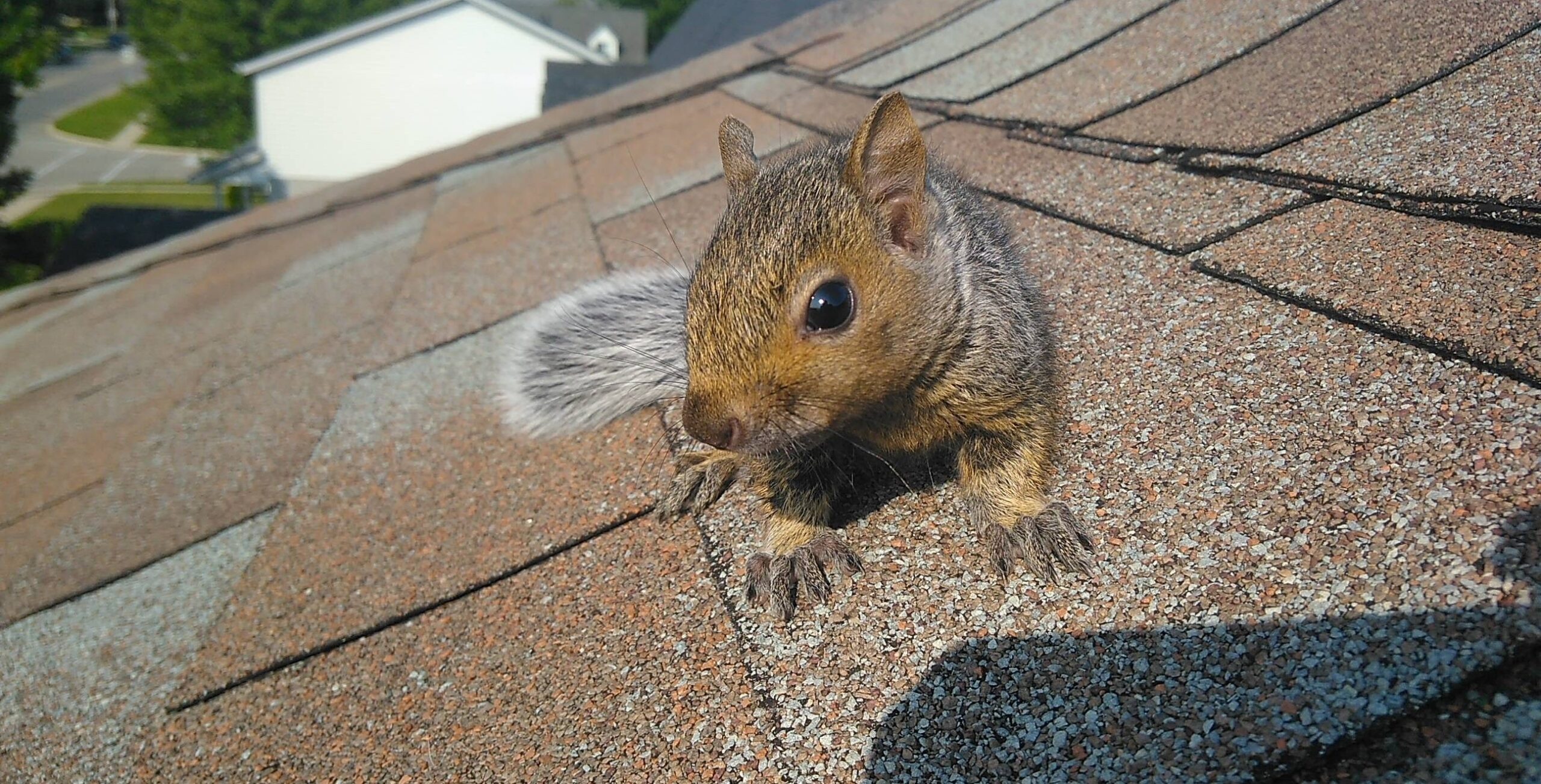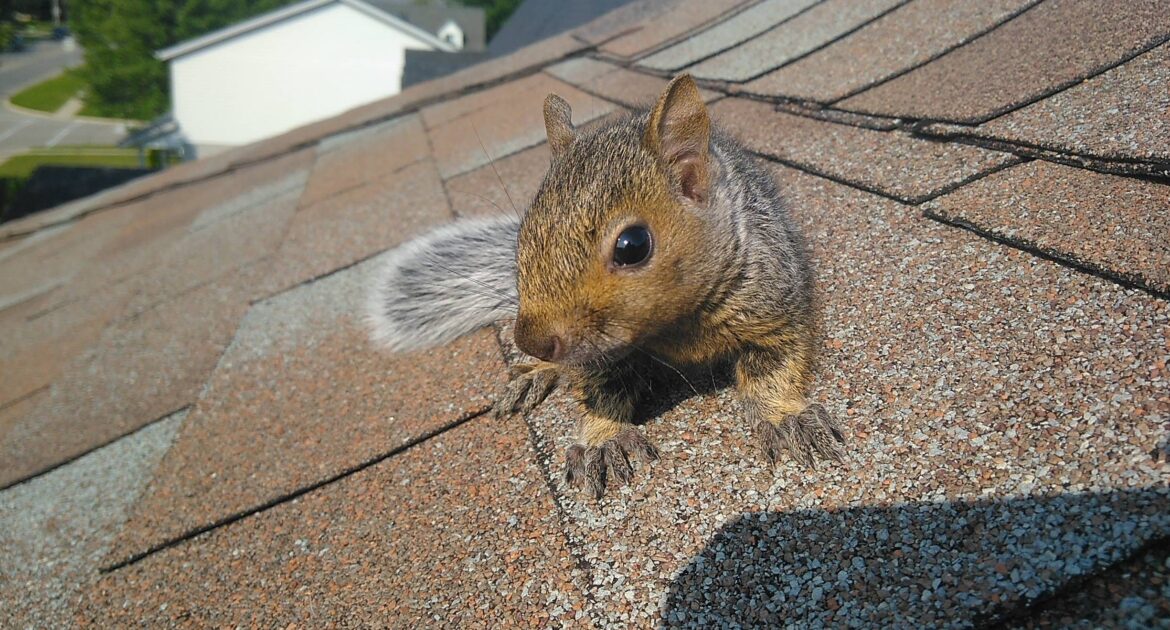Ever wonder how squirrels manage to care for their babies up in those treetops or hidden away in attics?
Squirrels are excellent parents, and their approach to raising young is full of surprising details. These small animals demonstrate incredible dedication and instinct when it comes to squirrel parenting habits. From creating cozy nests to keeping their babies fed and safe, mother squirrels leave no acorn unturned in ensuring their little ones thrive.
If you’ve got squirrels nesting in your home, though, their parenting efforts might be happening far too close for comfort. That’s where we come in. At Skedaddle Humane Wildlife Control in Toronto, we understand how squirrels raise young and can help you humanely and effectively take back your space.
Curious about what squirrel baby care looks like? Stick around as we unpack the fascinating world of squirrel parenting habits and the ways these furry animals nurture their young.
Building a Home for Their Family
The first step in how squirrels raise young is building a safe and warm home. Squirrels usually prepare nests, called dreys, high up in trees using materials like twigs, leaves, and moss. These nests are designed to be weatherproof and cozy, keeping babies warm during cold months.
But sometimes, squirrels find human homes even better suited for their nests. Attics, chimneys, and wall cavities are some of their favourite places to call home.
A mother squirrel often has more than one nest! This allows her to move her babies to a secondary location if her primary nest is threatened by predators or weather. It’s just another example of how these animals stay one step ahead to protect their families.
If you think squirrels have made your home their nesting spot, our team at Skedaddle can help. We use innovative one-way doors that allow squirrels to leave while preventing them from returning, giving you peace of mind without disrupting their squirrel baby care process.
The Early Stages of Development
Baby squirrels, also known as kits, are born small, blind, and furless. They’re entirely dependent on their mother for the first few weeks of their lives. Squirrel parenting habits during this period are intensive. Mothers spend almost all their time nursing and caring for their helpless offspring.
It usually takes around four weeks for the babies to start developing fur and opening their eyes. By this stage, they’re becoming more energetic and curious about their surroundings, but they still rely heavily on the safety of the nest and their mother’s watchful eye.
Here’s what newborn squirrels need in these early weeks:
Warmth
Newborn squirrels come into the world completely helpless. They don’t have fur to keep them warm and can’t control their body temperature, so staying close to their mother is essential for survival. She uses her body heat to keep her kits snug and comfortable inside the nest.
Whether it’s a cozy drey in a tree or a hidden spot in an attic, the mother makes sure the environment is insulated and free of cold drafts. This warmth is vital for the babies to grow strong and stay healthy in their first weeks of life.
Nutrition
When it comes to feeding, mother squirrels go above and beyond to ensure their babies stay nourished. She provides milk that’s packed with everything a growing squirrel needs, from proteins to essential fats and vitamins. This milk helps the kits develop muscles, bones, and energy to explore the world when they’re ready.
For several weeks, the mother dedicates most of her time to nursing, making sure her young stay full and strong. Unlike many other animals, baby squirrels rely solely on their mother’s milk until they are ready to start testing out solid foods.
Security
Squirrel mothers are fiercely protective of their little ones. They stay alert, watching for any signs of predators like hawks, snakes, or even other squirrels that might harm their babies. If a threat approaches, the mother will do everything she can to fend it off, even risking her own safety to keep her young secure.
She also keeps the nest hidden and may have backup nests ready so she can quickly relocate her babies if danger looms. This intense guarding ensures that the vulnerable kits have the best chance of making it to adulthood in a world full of challenges.
Gradually Learning to Fend for Themselves
At about 8 weeks old, young squirrels begin venturing out of the nest, but not without supervision. Mother squirrels continue to guide and teach their young during this important period. Squirrel parenting habits here include demonstrating how to climb, forage, and stay safe from danger.
Baby squirrels develop key survival skills through:
- Observation: Watching their mother forage for food teaches them what’s safe to eat.
- Practice: They learn to crack open nuts, store food, and dig for buried supplies.
- Protection: Even as they explore, the mother keeps a close watch to ensure predators don’t get too close.
For families in Toronto dealing with squirrels in unwanted spaces, Skedaddle Humane Wildlife Control ensures this delicate process isn’t interrupted. Our professional team carefully works around how squirrels raise young, making sure the babies stay unharmed while removing them and sealing entry points to prevent repeat visits.
Staying Close Even After Leaving the Nest
Once babies learn the essentials, they don’t just part ways with their mother immediately. Young squirrels often stay with their mother for several months, even venturing back to the nest to sleep during colder weather. Squirrel parenting habits extend beyond the infant stage, ensuring young squirrels have the best chance of survival.
Research shows that these close bonds help young squirrels prepare for life on their own. By the time they’re around 12 weeks old, most young squirrels are independent but may still stick around the vicinity of their birth nest for a while longer.
Why Squirrel Parenting Habits Matter to You
Understanding how squirrels raise young is important if you find yourself with an uninvited squirrel family in your home. Many people don’t realize that disturbing a nest can have serious consequences, especially for the babies who can’t survive without their mother. That’s why it’s key to leave squirrel removal to experts like us at Skedaddle Humane Wildlife Control in Toronto.
Here’s what sets Skedaddle apart:
- One-Way Doors: Our humane method ensures the mother squirrel can leave but won’t be able to return.
- Safe Baby Removal: Any babies are gently removed and placed in a reunion box outside where the mother can relocate them to a safer nest.
- Prevention: We seal all potential entry points to keep other wildlife from moving in.
When dealing with squirrels who have made your home their own, it’s our job to help remove them responsibly without disrupting their squirrel baby care instincts.
Keep Your Home Squirrel-Free
Squirrel parenting habits showcase their incredible instincts and resourcefulness. From building cozy nests to teaching their young life skills, mother squirrels prove how much effort goes into raising their babies.
If you have squirrel families causing trouble in your home, don’t try DIY methods that could harm the animals or create long-term problems. Request an estimate with Skedaddle Humane Wildlife Control in Toronto instead. Our team prioritizes humane, effective removal methods while keeping your home squirrel-free. Reach out today and trust us to handle your wildlife control needs the right way.




